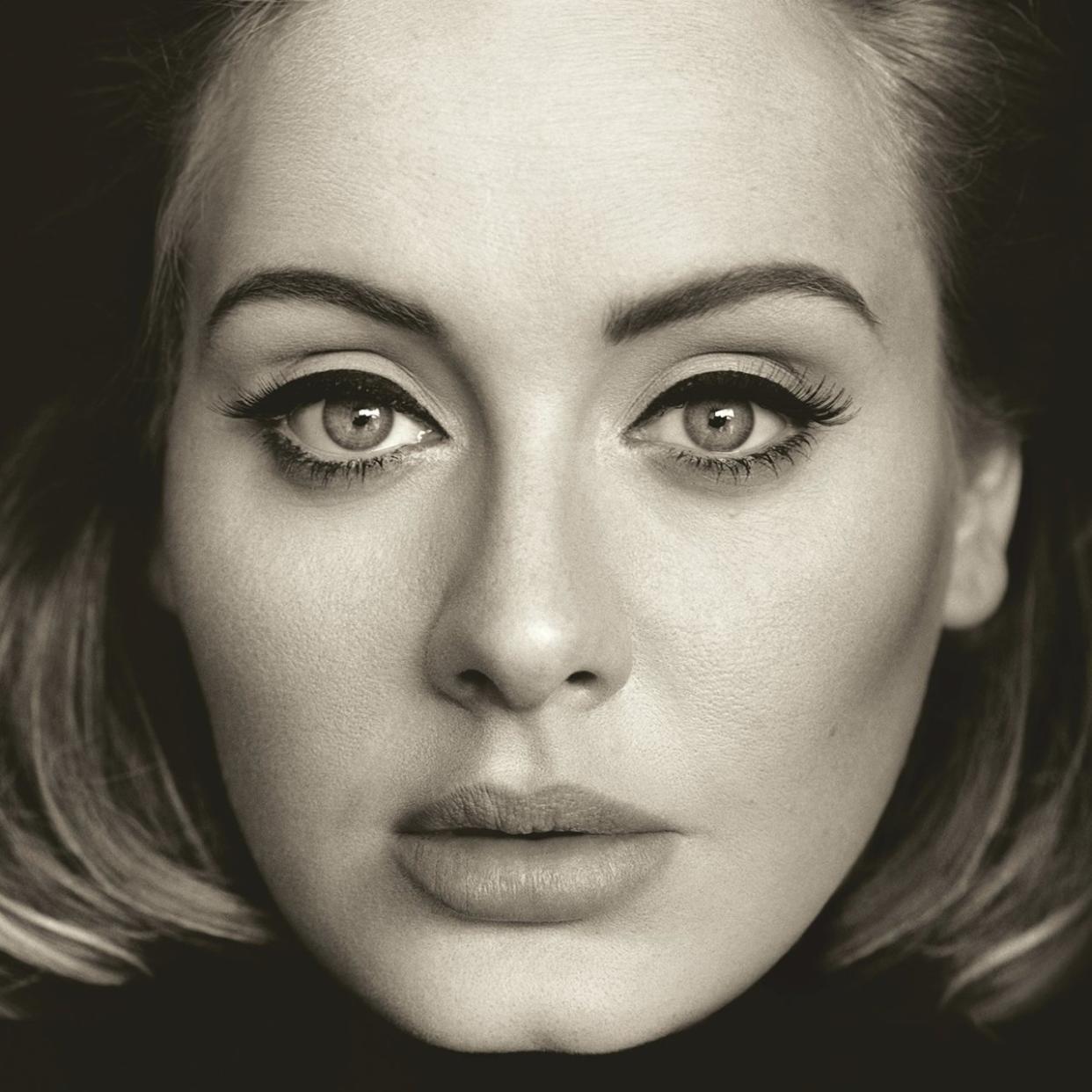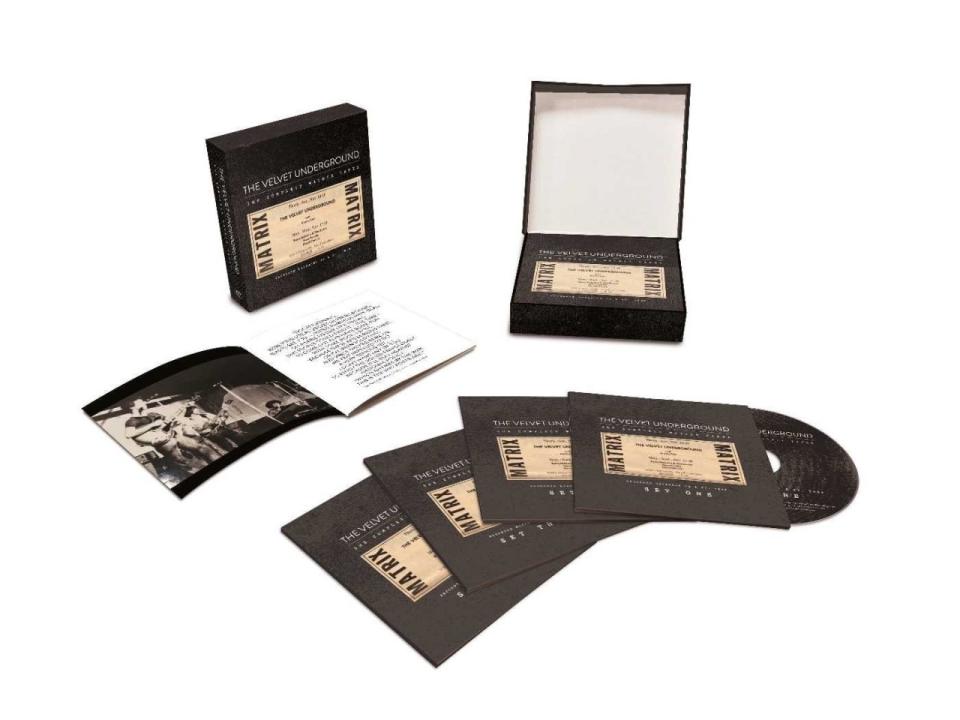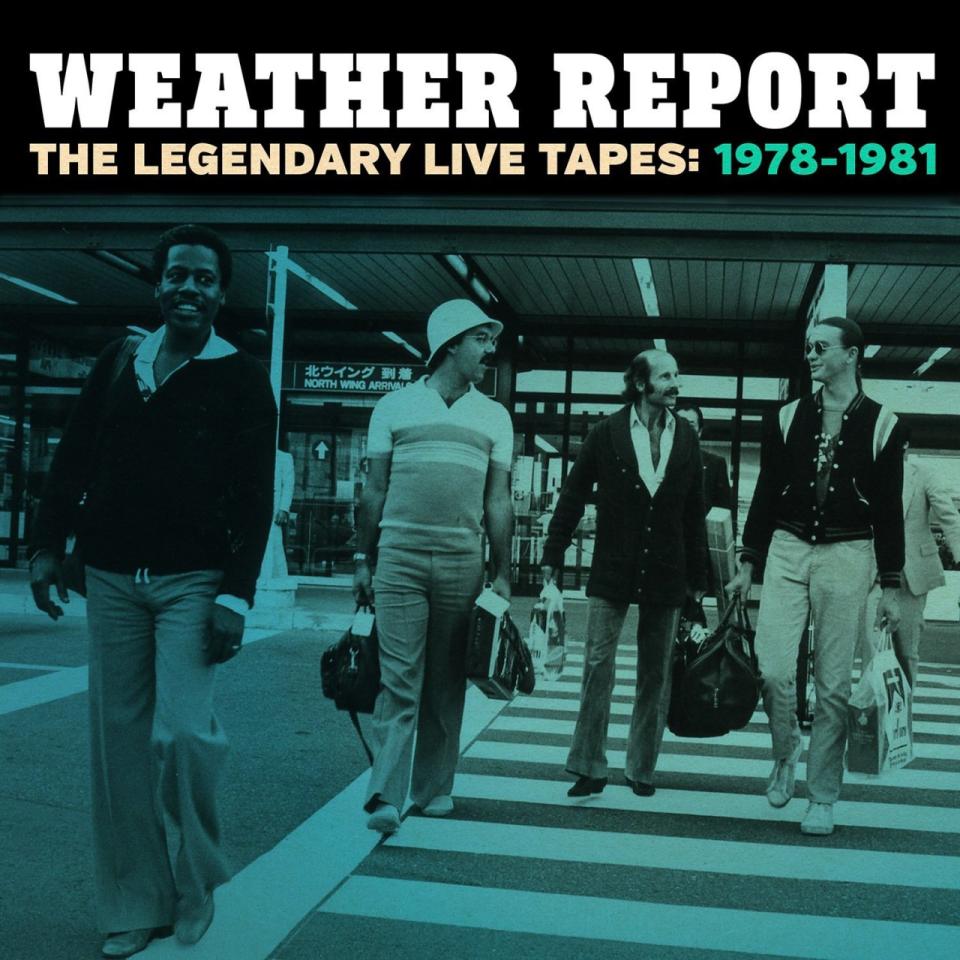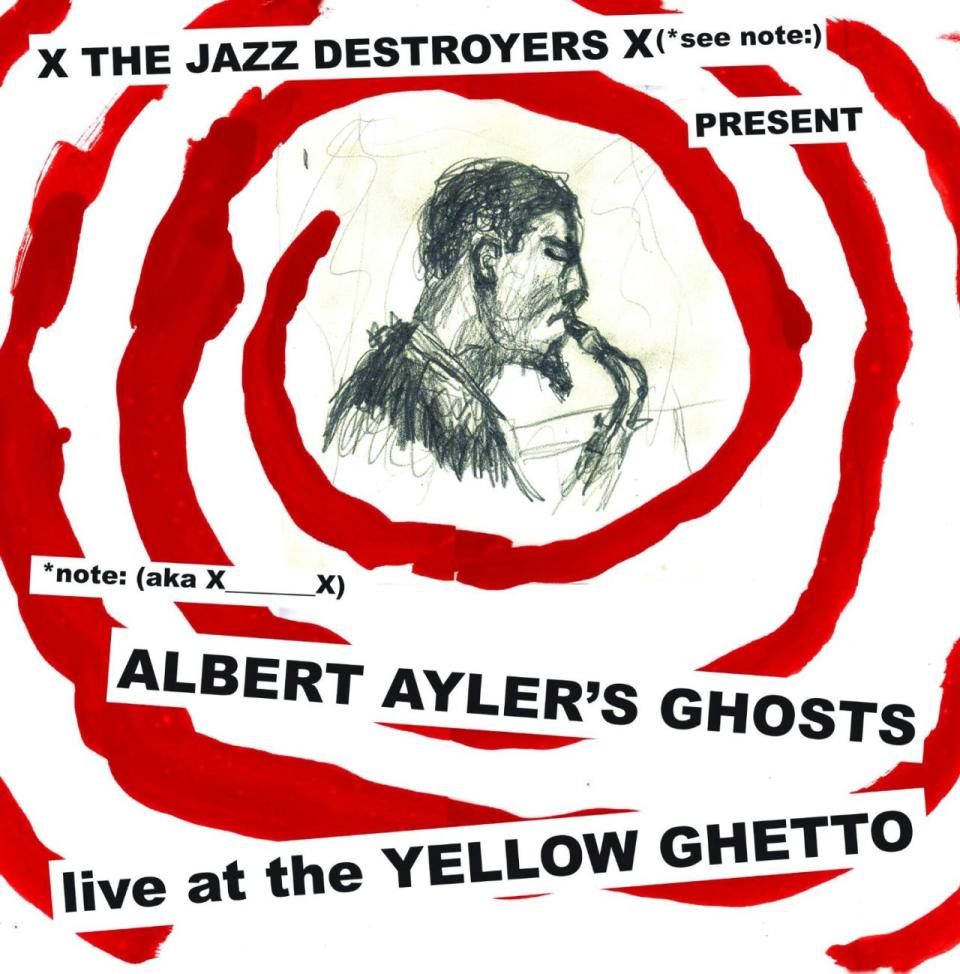Adele, Enya, Velvet Underground Sets Top Week’s New Album Releases

Adele: 25 (XL Recordings / Columbia) It becomes more and more difficult to divorce the simple pleasures of personal life—say, hearing a brand new album from one of pop music’s brightest and most exceptional talents—from the mundane aspects of professional life. In this case we are talking about this quite good album by Brit singing sensation Adele, which in any other scenario would be deemed wholly enjoyable, and then we’d move on—but not so here. Why? Because the woman has sold such an ungodly number of records worldwide that every aspect of this album has been closely guarded—from its date of release, from the included songs, from its very sound, until an agreed-upon point of time that would not conflict with its precisely calculated roll out–to the point of near absurdity. The day before its release? People are talking about whether it will or will not be streamed on Spotify and iTunes. Fascinating stuff, certainly, but likely to be remembered less vividly than some of the more fetching music on this album—which is fine, rich, well-constructed, and the sort of thing that absolutely would’ve garnered more praise had it been released by a woman who was not consistently written about in terms of the sales records she has now set. It’s all polished, professional, deliberately earthy and not slick–despite the obvious temptation, considering the woman’s transformation during the last decade—and worthy of the acclaim one expects it will garner from nearly every corner imaginable. Good for her.
[Related: Adele’s ‘25′: A Track-by-Track Guide to the Year’s Most Anticipated Album]

Enya: Dark Sky Island (Warner Bros.) It’s difficult to find fault with any performer who’s actually performed for the Pope—in this case, that would be Pope John Paul II in 1997—and, that said, who on earth could think anything other than nice things about the legendary Enya? Born Eithne Ní Bhraonáin and anglicized as Enya Brennan, it says here, the Irish singer has been big news since the ‘80s via her early work with Clannad, and has never really been anything less. She sells oodles of records, she fairly well owned the New Age genre before anyone gave it that actual name, she wins Grammys left and right, and she’s one of those fascinating people who attract both bookworms and heavy metal fans simultaneously. Which means: she’s hip! Dark Sky Island is more of the same—actually a tad more poppier than you might expect—and, it must be said, entirely appealing. Enya is one of the world’s best-selling artists of all time, according to our good friends at Wikipedia, and you simply cannot help but like her. And that’s fine by me.

The Velvet Underground: The Complete Matrix Tapes (Polydor UMe) There has been a tremendous amount of hubbub about this band over the years—justifiably so—and I have always found it slightly odd that of their four classic albums (The Velvet Underground & Nico [1967], White Light / White Heat [1968], The Velvet Underground [1969] and Loaded [1970]), it was their third and most understated album that has impressed me most. With the departure of the essential John Cale and the arrival of replacement Doug Yule post-White Light /White Heat, the band lived and died less on the notion of sound sculptures and more on simple songcraft, and it was on the band’s eponymous ‘69 set that such classics as “What Goes On,” “Pale Blue Eyes,” “Some Kinda Love,” and “Beginning To See The Light” first emerged. And they were absolute classics. They’re all here—as are a lot of earlier songs—performed live at a San Franciscan club in 1969 in stunning clarity, and on four discs once again make the case that the Velvet Underground were absolutely one of pop music’s best bands ever, that this particular quartet (Lou Reed, Sterling Morrison, Doug Yule, Maureen Tucker) on a gig by gig basis, despite the minimal audience, was absolutely exceptional, and that with the release of this generous set, about everything you’d ever want to hear by this great rock ‘n’ roll band is, however briefly, now available. So go out and buy this before it goes away for good.

John Coltrane: A Love Supreme: The Complete Masters (impulse! /Verve) Considering the significant number of conspicuously famous jazz artists there have been in the last half-century, it’s interesting that the number of actual truly classic and revered jazz albums is less than you might think. Which may be a function of the fact that albums as albums—as opposed to albums as a collection of single tracks—didn’t really emerge until the early ‘60s. Among the best-known is A Love Supreme by saxophone legend John Coltrane, initially released in 1965, featuring his classic quartet, and an almost perfect example of his fusing spiritualism and jazz into a deeply moving and surprisingly accessible listening experience. This 3-disc deluxe set is well-annotated, features several alternate takes of the original tracks, and includes a live 1965 “A Love Supreme” performance, recorded in France and not the sort of thing one encounters every day, and is an excellent, non-excessive, non-redundant reissue of one of the very best jazz albums ever made. So you may want to hear it.

Scott Fagan: South Atlantic Blues (Saint Cecilia Knows) An excellent 1968 album worthy of pointing out specifically because it has been reissued: Somebody somewhere out there must have bought it (likely as a 29-cent cut-out), liked it, listened to it a lot, and decided if they were ever in a position to reissue a cool record in the future, this would be the one. And it is indeed good, worthy of a major hearing, and I would heartily recommend you read writer Rob O’Connor’s account of the record here to learn more about it–and, indeed, perhaps buy it. It is not a bad thing when very good records that no one ever bought are introduced into the marketplace once again. And this is one of them.

Weather Report: The Legendary Live Tapes: 1978-1981 (Legacy) One could make a case that around the time of Miles Davis’s In a Silent Way (1969) and Bitches Brew (1970), there was a special electric/Fender Rhodes/jazz sound going round that popped up on albums such as Herbie Hancock’s Mwandishi, Wayne Shorter’s Odyssey Of Iska, Joe Zawinul’s Zawinul, that was never really replicated again. With the very first Weather Report album of 1971, it seemed that that band, featuring both Zawinul and Shorter, was the best possible candidate to take that same approach to the limit–but it was not to be. The music Weather Report eventually turned to was vastly more rhythmic and less impressionistic than that of their early days—but still, always, fabulously played. This 4-CD set features the exceptional late-’70s Weather Report crew—Zawinul, Shorter, Jaco Pastorius, Peter Erskine and Robert Thomas, Jr.—in several previously unreleased performance contexts, and all told, it’s an exceptional reminder that the band was genuinely leagues ahead of most of the competition in terms of their melodic sophistication and rhythmic ability. Meaning: This doesn’t sound dated in the slightest. Ultra-sharp, precisely played music with a rhythmic base way ahead of its time.

Terry Adams: Talk Thelonious (Clang) Must confess to a deep and longstanding affection for any of the music produced by NRBQ co-founder Terry Adams, as the man’s dedication to music in its very purest form—forget genres, just plain music—may be unrivaled in popular culture. A musical whiz since the very beginning, the man introduced the likes of Sun Ra and Thelonious Monk to a generation of rock ‘n’ rollers who’d had no opportunity to hear them before, but did so in an affectionate, non-preachy way that brought both those musicians and Adams himself a lifelong following. Here Adams and the current version of NRBQ (Actually “NRBQ+” – there’s horns and more on hand) run through Adams’ arrangements of several of Monk’s classic compositions, including “Straight, No Chaser,” “Ruby, My Dear,” “In Walked Bud” and more–but with unique voicings, including a pedal steel guitar and chromatic harmonica, that really are unparalleled as Monk covers go. A fabulous album, oozing with affection for both Monk and his music.

X__X: Albert Ayler’s Ghosts Live At The Yellow Ghetto (Smog Veil) Those who’ve grown up with the accepted version of rock history—there are many journals that purport to write it—often miss out on the vital stuff that, if not necessarily fringe, took place outside of the “core” scenes of New York/LA/London/and of course Detroit, and thus was unjustly and unduly ignored. So you may have heard of Cleveland’s X_X, but you may not have actually heard them. Featuring John D. Morton of Cleveland’s celebrated early ‘70s group Electric Eels—punks before there were punks, etc.—the band formed in the late ‘70s, lasted briefly, and then got really interesting. I suggest you check it all out for yourself–but in the meantime, enjoy this recent set and its wailing energy, its peculiar quoting of Bob Dylan, “The Needle And The Damage Done,” and a whole lot of there there all over the place. I haven’t heard anything like it in a while. Available here.

